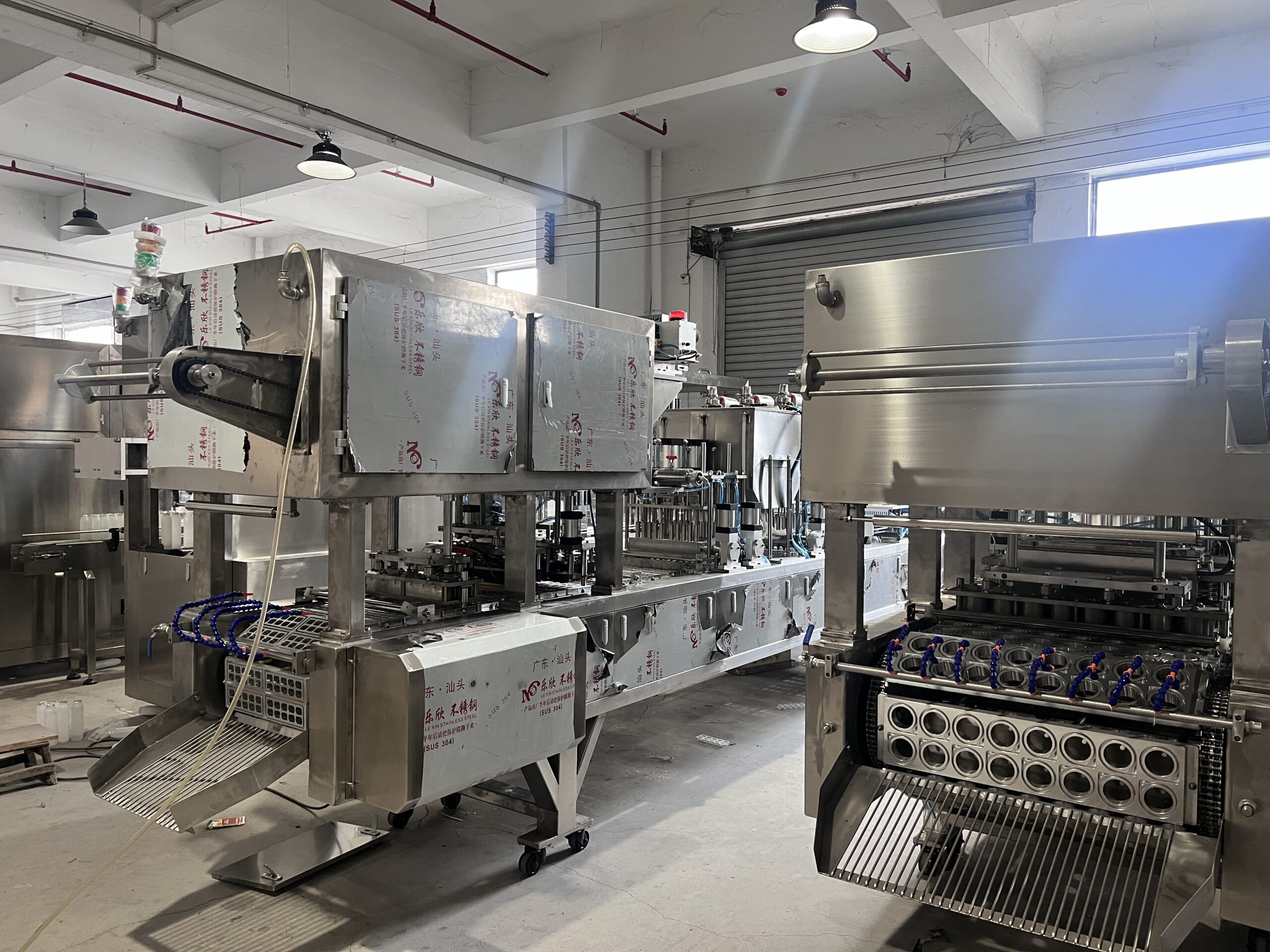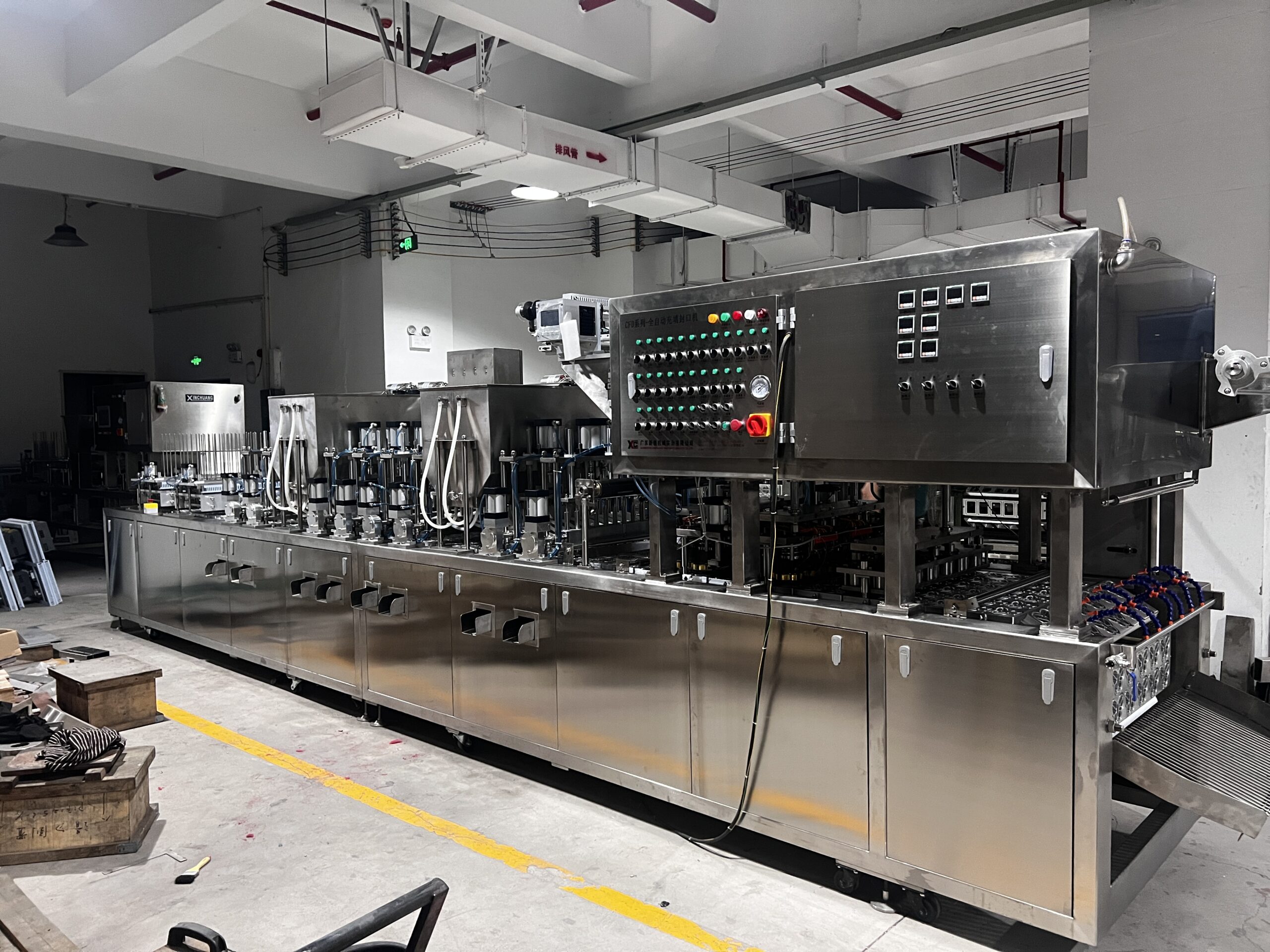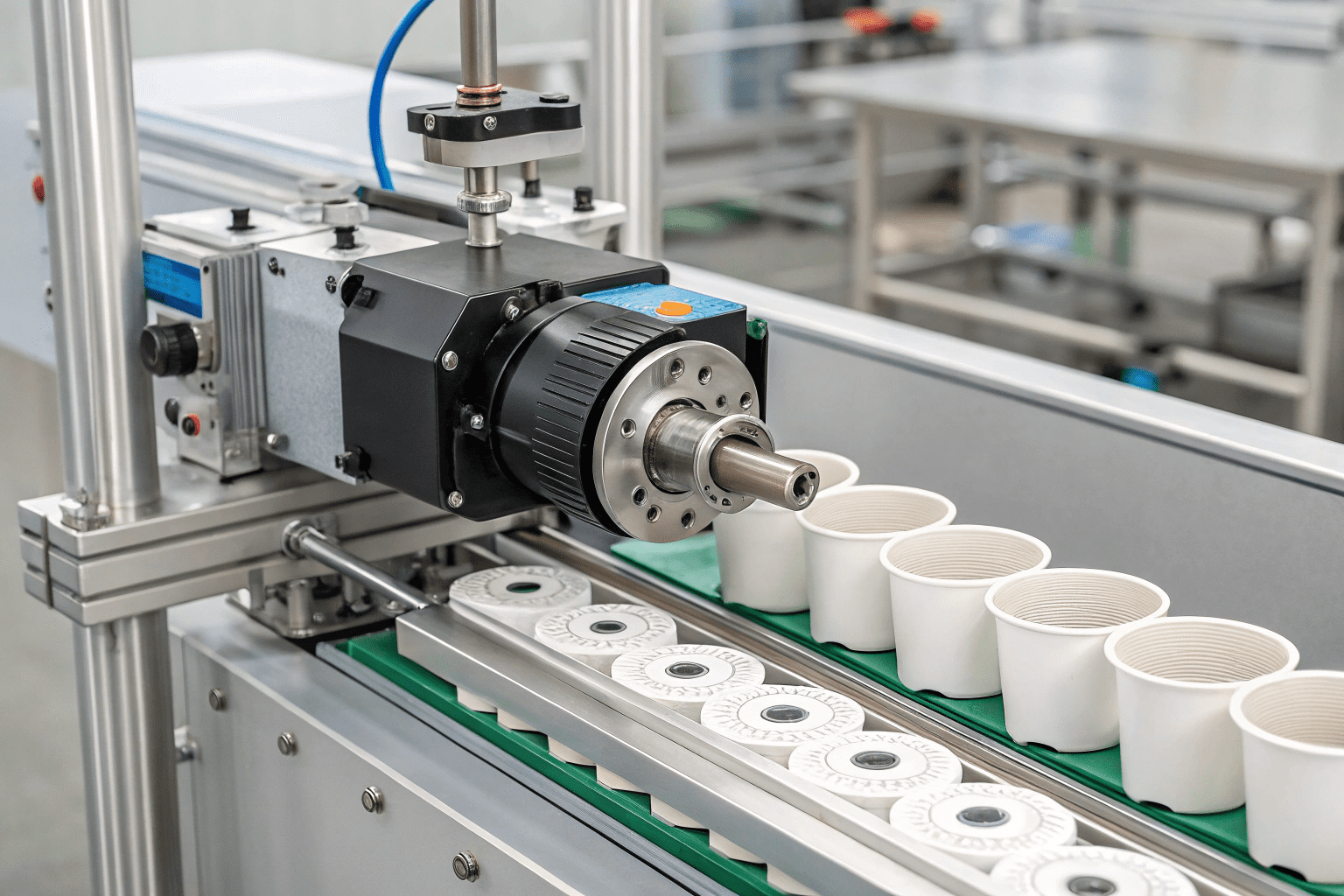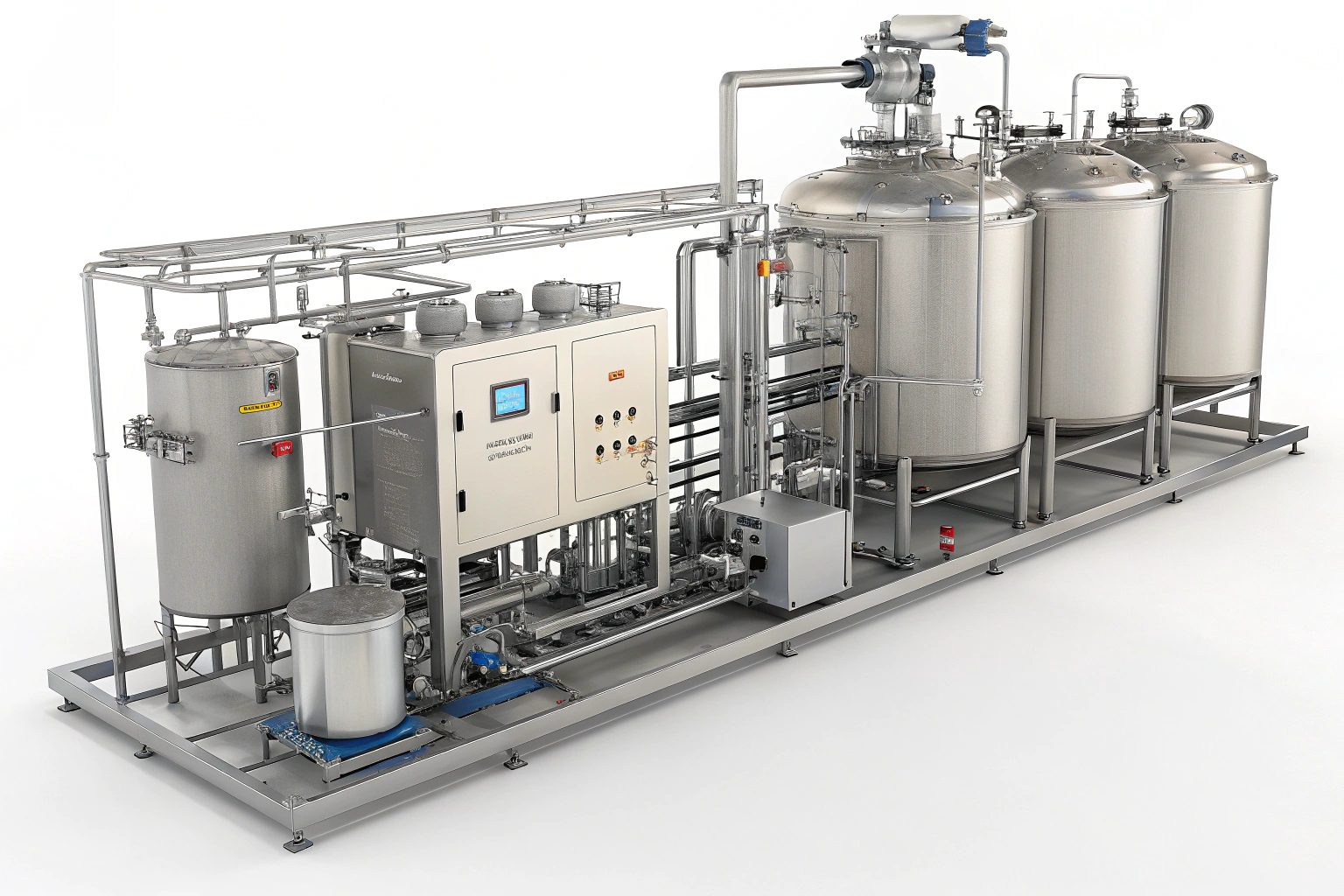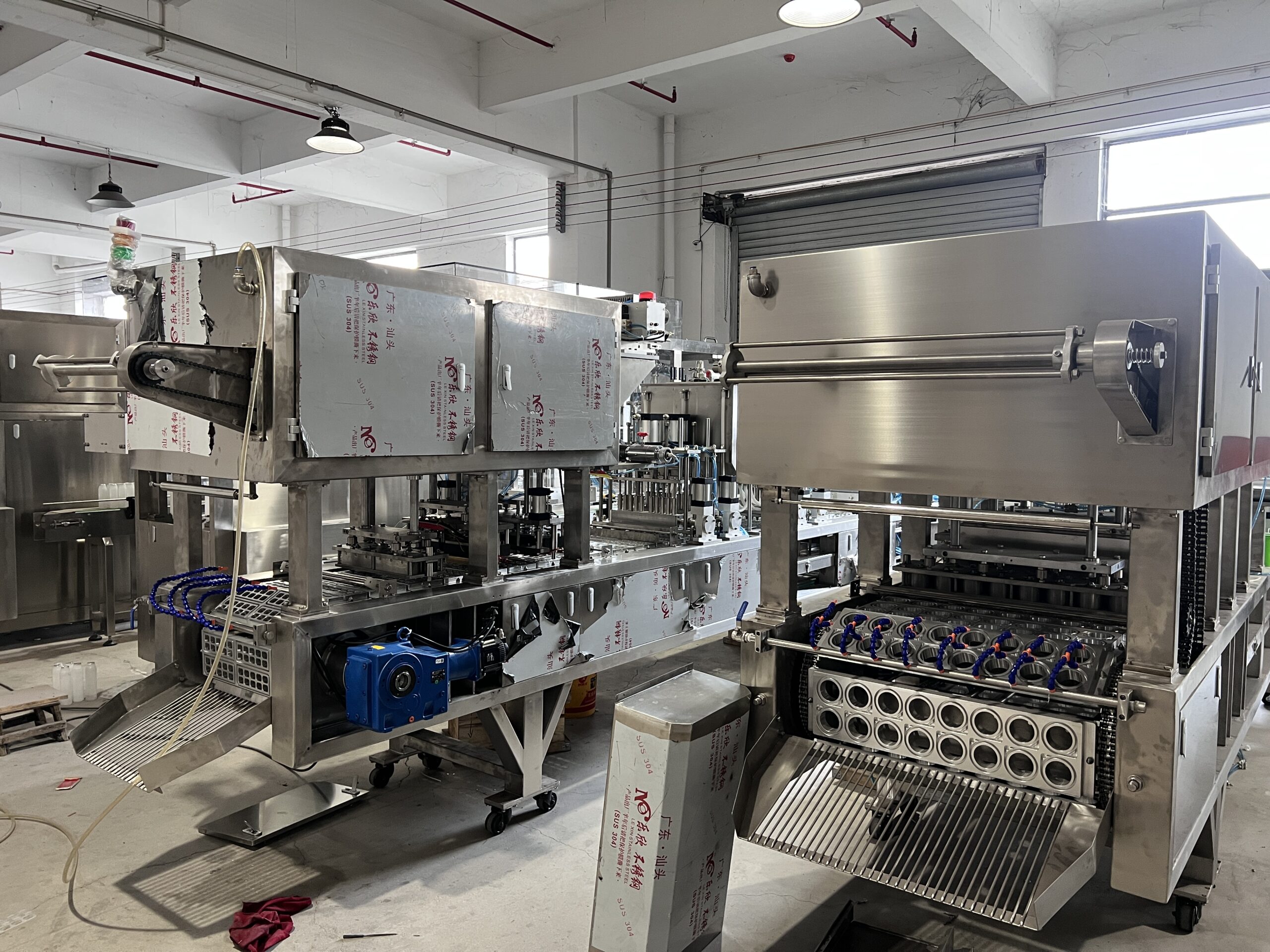What is the best cup filling machine for yogurt production?
Struggling to find the perfect cup filling machine for your yogurt production? Feeling overwhelmed by the options? Let’s explore this together.
The best machine depends on your scale. For small-scale, rotary fillers are space-saving and perfect for market testing. Larger productions benefit from inline, multi-lane machines with CIP cleaning for hygiene.
[^1]](https://8xc.com/wp-content/uploads/2024/10/IMG_5371-2-1024x768.jpg)
Choosing the right equipment can be a game-changer. So, let’s look at the details, and select the best option for your business.
What equipment is used for yogurt?
Confused about the specific equipment needed for yogurt production? Overwhelmed by the technical jargon? It’s simpler than you might think.
Essential equipment includes incubation tanks, homogenizers, and filling machines. These ensure consistent quality, texture, and efficient packaging. Different machines suit different production scales.
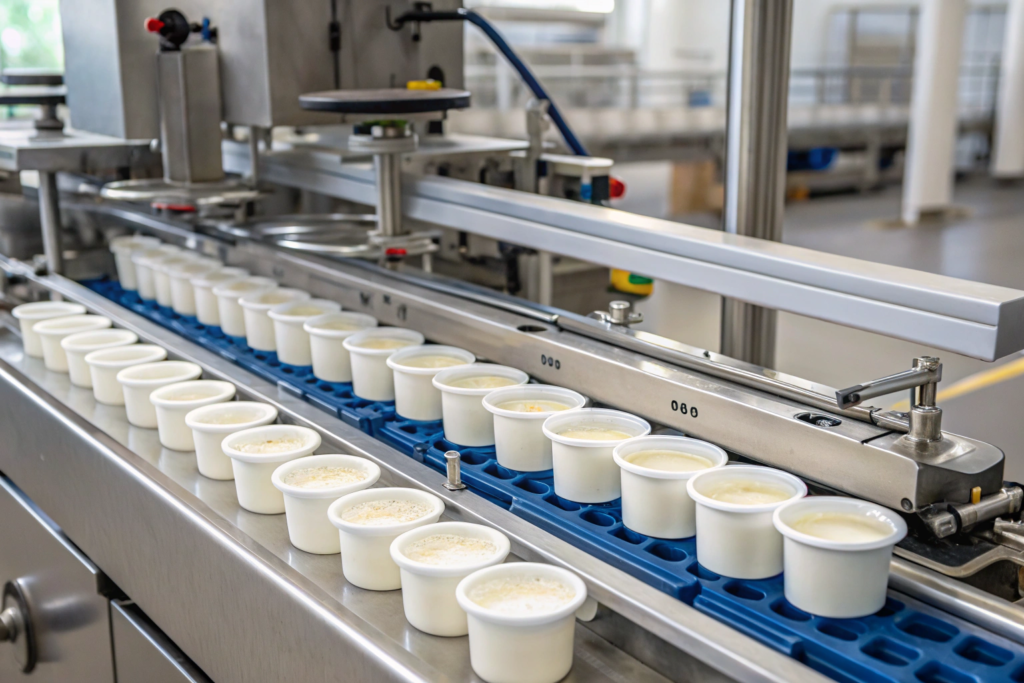
Dive deeper. Beyond the basics, selecting the right yogurt production equipment1 has many parts. Let’s examine each one.
Key Equipment Breakdown
| Equipment | Function | Considerations |
|---|---|---|
| Incubation Tank | Maintains temperature for fermentation. | Size, temperature control accuracy. |
| Homogenizer | Creates smooth texture by reducing fat globules. | Capacity, pressure settings. |
| Filling Machine | Dispenses yogurt into containers. | Speed, accuracy, container type. |
| Cooling system | Stop Fermentation, keep the flavor consistent | CIP is better |
Types of Filling Machines:
- Rotary Filling Machines: Best for smaller businesses. I’ve seen firsthand how these compact machines fit into tight spaces. They’re perfect for testing the market. You don’t need huge initial investment.
- Inline Filling Machines: Ideal for large-scale production. These multi-lane machines handle high volumes. For example, the ones we build at Xinchuang can reach up to 70,000 cups per hour! Remember, hygiene is key. So a CIP (Clean-In-Place) cleaning system is a must.
*. Piston Filling Machine: Using piston to pull and push the yogurt to make sure filling accuracy.
Choosing the right equipment keeps things efficient. Also it makes your yogurt top-notch.
What is the average size yogurt container?
Wondering about the typical yogurt cup size? Confused by the variety in supermarkets? Let’s keep it simple.
Average sizes range from 4 to 6 ounces (113-170 grams) for single servings. Larger tubs for multiple servings can go up to 32 ounces (907 grams).
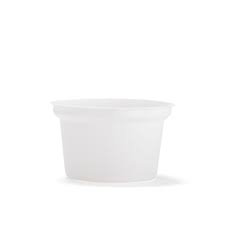
Dive deeper. Container sizes are not one-size-fits-all. Different countries and brands can do different sizes.
Factors Influencing Container Size:
- Consumer Preference: Single-serve cups are popular for convenience. Larger tubs cater to families or those who use yogurt in recipes.
- Portion Control: Smaller sizes help with calorie management.
- Market Trends: Greek yogurt, for example, often comes in slightly smaller single-serve cups.
- Cultural Norms: Serving sizes may vary depending on local eating habits. In some regions, people prefer to buy a big one and share.
Remember, we customize our machines at Xinchuang. The machine will be adjusted for the client’s cup/bottle samples. So, whatever size you choose, we can match it.
Do you need a machine to make yogurt?
Thinking about making yogurt and wondering if a machine is really necessary? Feeling like it might be an unnecessary expense? It depends.
Technically, no. Yogurt can be made at home with basic tools. But, for commercial production, machines ensure consistency, hygiene, and efficiency. No doubt about it!
[^3]](https://8xc.com/wp-content/uploads/2024/10/CFd-Roll-film-type-auto-filling-and-Sealing-machine-1-1024x768.jpg)
Dive deeper. Making yogurt involves several steps, from heating and cooling milk to adding cultures and maintaining temperature.
Machine vs. Manual Production:
| Feature | Machine Production | Manual Production |
|---|---|---|
| Consistency | Precise temperature and timing control. | Can vary batch to batch. |
| Hygiene | Automated cleaning, reduced human contact. | Higher risk of contamination. |
| Efficiency | High volume, fast production. | Low volume, time-consuming. |
| Labor Cost | Reduced labor needed. | More manual labor required. |
| Filling Accuracy | Ensure every cup has been filled in correct weight | Human error is higher than machine |
While you can make yogurt manually. But a machine is essential for businesses. It ensures quality and meets market demand. We’ve seen clients scale up dramatically. All by using the right automated equipment.
What is a yogurt container called?
Feeling silly asking what a yogurt container is called? Don’t! Everyone starts somewhere, and it’s a valid question.
It’s most commonly called a cup or tub. These can be made of plastic, glass, or even coated paperboard. The name matches the shape and size.
Dive deeper. The container plays a bigger role than just holding yogurt.
Container Considerations:
- Material:
- Plastic: Most common, lightweight, and often recyclable (PP, PS are most welcomed material).
- Glass: Perceived as more premium, reusable, but heavier and breakable.
- Paperboard: Less common, but gaining popularity for sustainability.
- Shape: Cups are typically cylindrical. Tubs are wider and often used for larger volumes.
- Lid: Foil or plastic lids provide a seal for freshness.
- Labeling: Space for branding, nutritional information, and regulatory requirements.
The container protects the yogurt. It also communicates your brand. At Xinchuang, we tailor our machines to fit any container you choose. This ensures perfect filling and sealing every time.
Conclusion
Choosing the right yogurt filling machine2 depends on your production needs. From small-scale rotary fillers to high-speed inline systems, the right equipment is essential. It boosts efficiency and quality.


